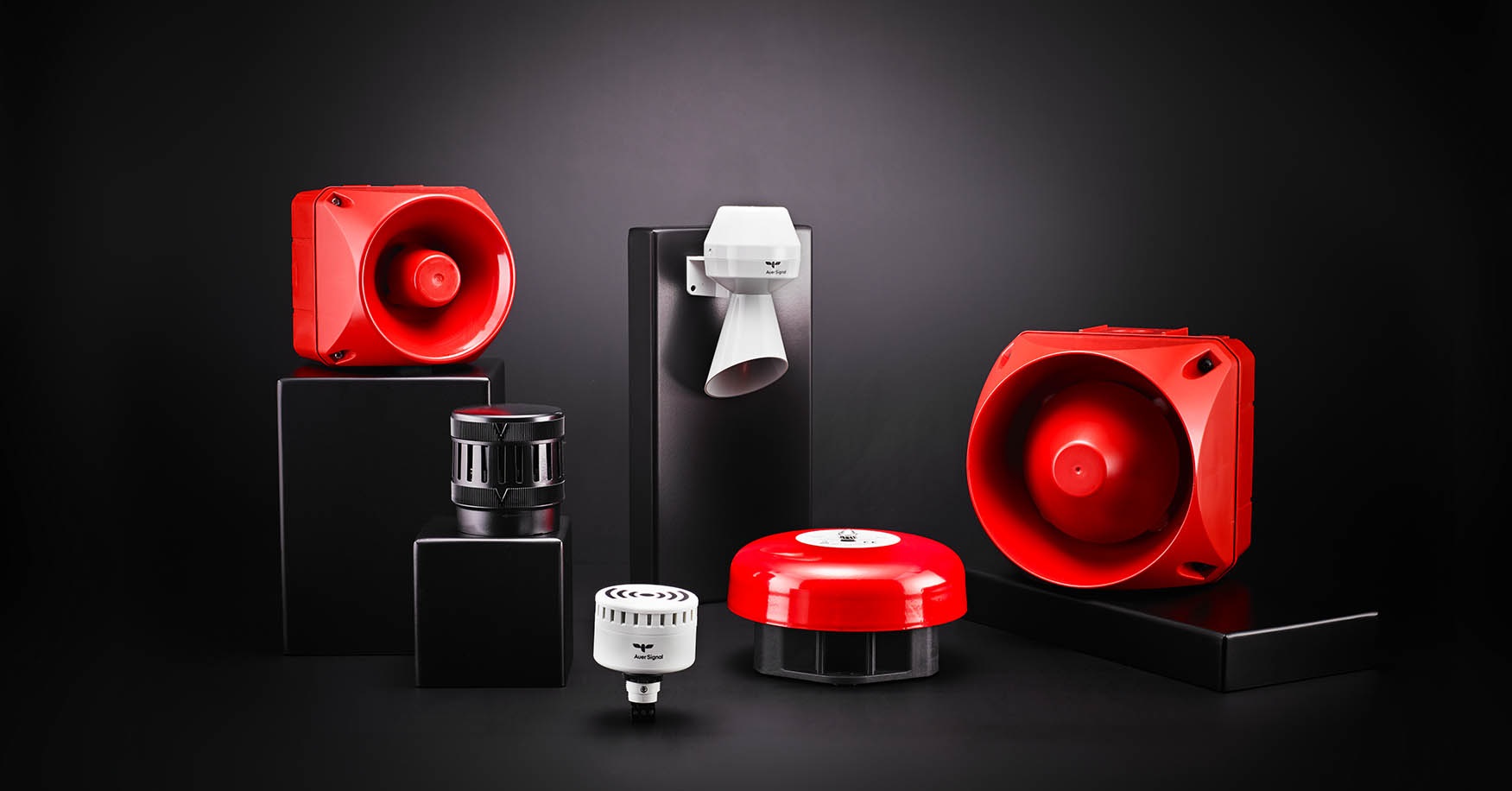Signaling devices are crucial components in various industries, providing visual, audible, and communication alerts to enhance safety and efficiency. These devices, ranging from simple bells to complex intercom systems, play a vital role in alerting individuals to potential hazards or emergencies. In essence, signaling devices serve as the eyes and ears of a facility, ensuring that important messages are communicated effectively.
Types of Signaling Devices
Audible Signaling Devices
Audible signaling devices are designed to emit sound alerts, grabbing attention and prompting immediate action. Amplified speakers, bells, electronic sirens, and horns are among the most common types of audible signaling devices. These devices are utilised in environments where visual cues may not be sufficient, such as noisy manufacturing plants or busy construction sites.
Visual Signaling Devices
Visual signaling devices provide alerts through various light signals, including flashing lights, rotating lights, and strobe lights. These devices are particularly effective in environments with high ambient noise levels or where individuals may be wearing hearing protection. Panel mount signals and beacons are often used to indicate equipment status or to mark emergency exits in buildings.
Communication Signaling Devices
Communication signaling devices, such as intercoms and public address systems, enable two-way communication between individuals or broadcast messages to a larger audience. General alarm digital systems and master stations allow for quick dissemination of critical information during emergencies, facilitating coordinated responses and ensuring personnel safety.
Telephony Signaling Devices
Telephony signaling devices, including industrial telephones and extension bells, are essential for maintaining communication infrastructure in industrial settings. These devices are designed to withstand harsh environmental conditions and provide reliable communication links for workers across large facilities or remote locations.
Initiating Devices
Initiating devices are used to trigger alarms or alerts manually in emergency situations. Breakglass call points, fire alarm pull stations, and push button stations allow individuals to initiate emergency procedures quickly, helping to mitigate potential risks and minimise damage to property or personnel.
Factors to Consider When Choosing Signaling Devices
When selecting signaling devices for a specific application, several factors must be considered. Environmental conditions, such as temperature extremes or exposure to moisture, can impact device performance and longevity. Compliance with regulations and standards ensures that signaling devices meet safety requirements and interoperability standards. Integration with existing systems, ease of installation, and maintenance requirements also influence the selection process. Finally, cost considerations must be balanced with the need for reliable and effective signaling solutions.
Advancements in Signaling Technology
Advancements in signaling technology have led to the development of more sophisticated and versatile devices. Integration with IoT and smart systems allows signaling devices to be remotely monitored and controlled, enhancing operational efficiency and responsiveness. Customization options and modular design enable tailored solutions to meet specific application requirements. Energy efficiency features and sustainability initiatives ensure that signaling devices are environmentally friendly and cost-effective over their lifespan. Improved safety and emergency response functions, such as automatic alerts and location tracking, further enhance the effectiveness of signaling systems in protecting personnel and assets.
Future Trends and Innovations in Signaling Devices
Looking ahead, signaling devices are expected to continue evolving to meet the changing needs of modern industries. The adoption of artificial intelligence and machine learning technologies will enable signaling devices to analyze data and make intelligent decisions in real-time. Expansion of wireless communication protocols will enhance connectivity and flexibility, allowing signaling devices to be deployed in a wider range of environments. The development of multi-sensory signaling devices, combining visual, audible, and tactile alerts, will provide more comprehensive warnings and improve situational awareness. Increasing focus on cybersecurity and data protection will ensure that signaling systems remain secure and resilient against cyber threats. Finally, the emergence of predictive maintenance and analytics tools will enable proactive monitoring and maintenance of signaling devices, minimizing downtime and optimizing performance.

Comments